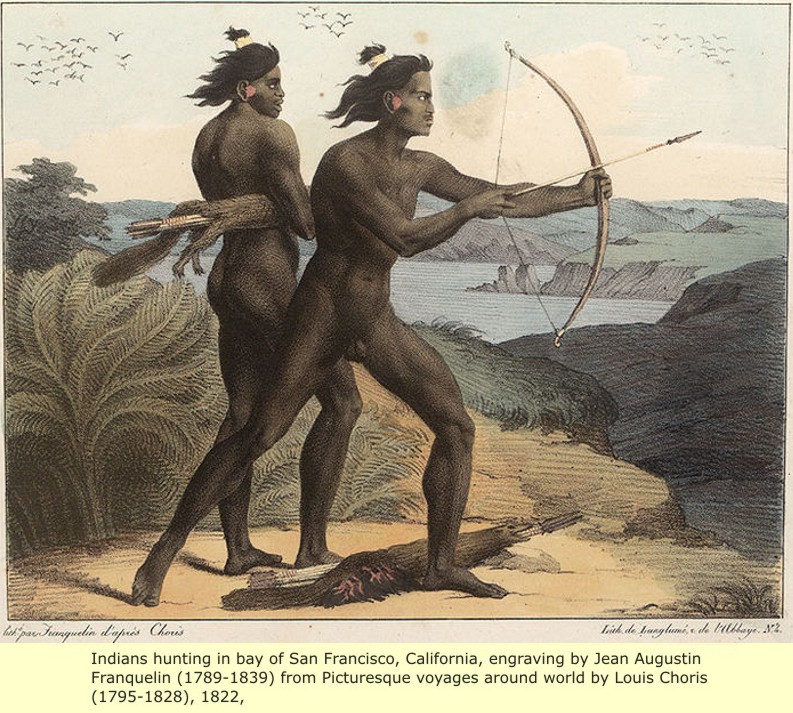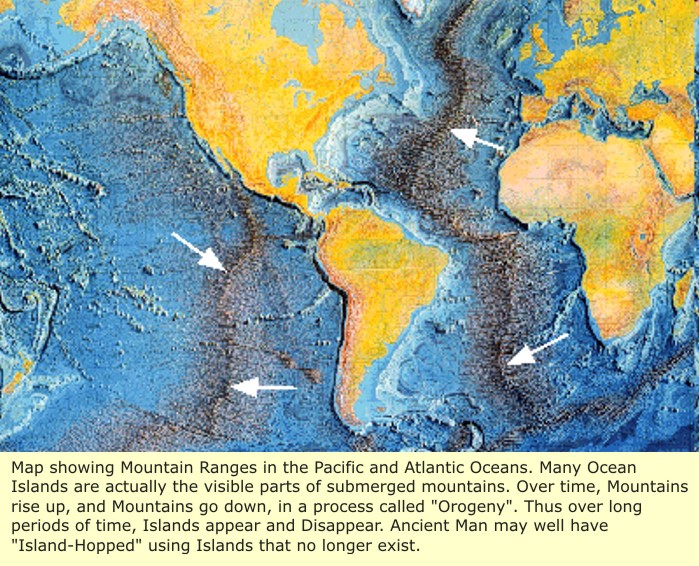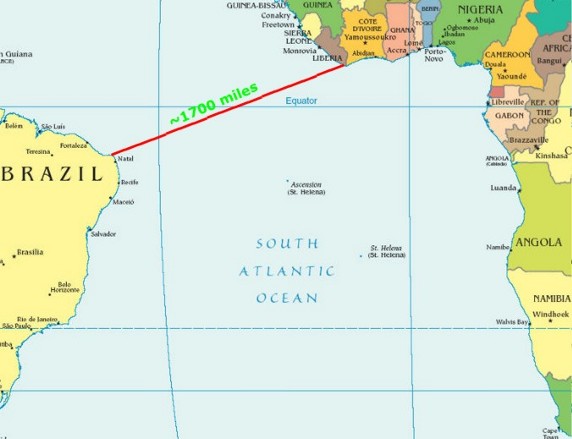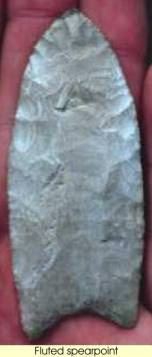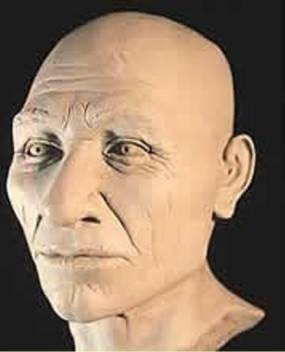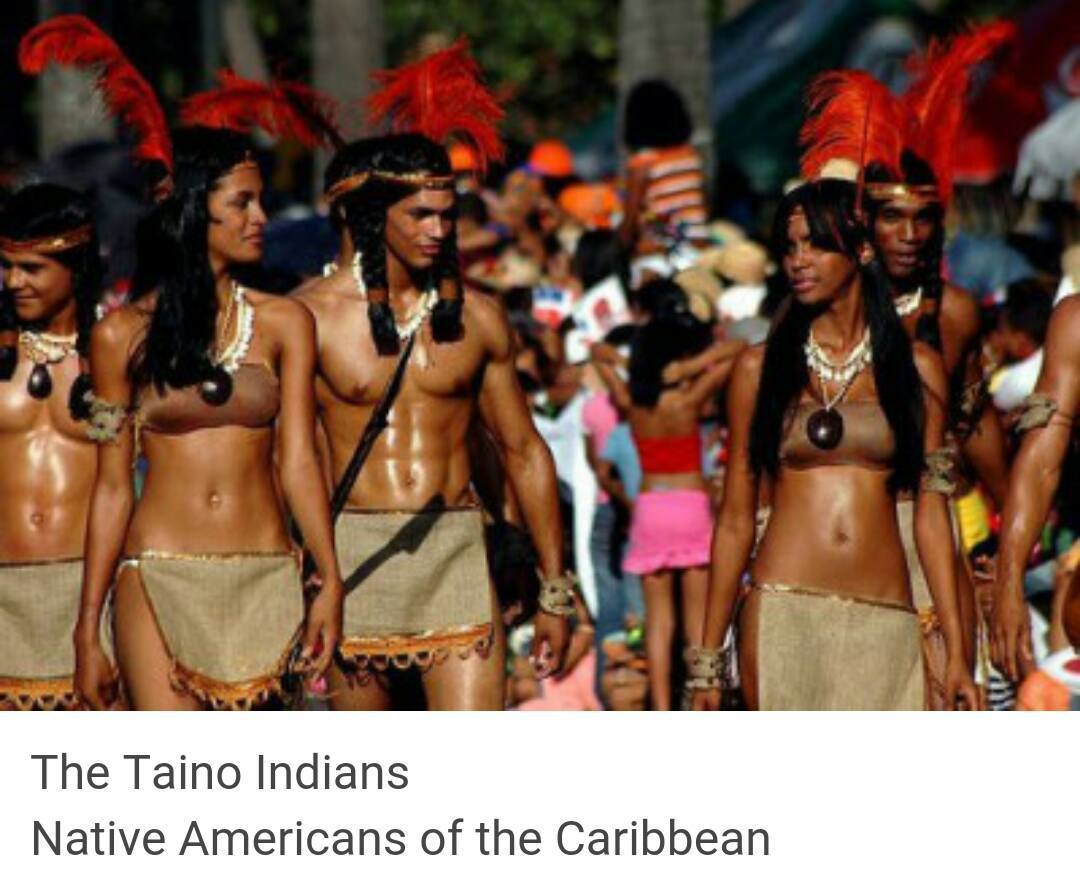
If you are Latin American and still celebrate Columbus Day, This is a Must Read !!! Do Not disrespect your people and culture any more !!! Peace, Hotep and Shalom my family….♥♥♥
The Taino Indians: Native Americans of the Caribbean
“Who are the Tainos? The U.S. Government says they are extinct, but they are not. Most likely you might know them as Latinos, a Spanish speaking person of Latin American (the Spanish speaking part of the Americas, south of the U.S.) descent. Not all, but many modern day Tainos are unaware of their lineage. To understand how that could happen you must know the story from the beginning.
Approximately 1,500 years ago, the Arawak people of South America began migrating northward along the many scattered islands located between South and North America, an area we now refer to as the Caribbean. For a thousand years their population grew and the people lived in harmony. The people covered all the islands of the Caribbean, the major ones as they are now known: Cuba, Puerto Rico and Hispaniola as well as all the smaller ones: the Bahamas, Bimini, Jamaica etc. Certain groups of island people identified themselves as Lokono, Lucayan, Carib, Ciboney, Arawak, but most islands were primarily inhabited by people who called themselves Taino, which stood for "the good people” in their language. The different groups intermarried extensively to strengthen ties amongst themselves.
Theirs was a beautiful culture. They were aware of a Divine presence whom they called Yocahu, and to worship and give thanks was a major part of their lives. They had a social order that provided the leaders and guidelines by which they all lived. They hunted, fished, cultivated crops and ate the abundant fruits provided by nature. They were clever and ingenious and had everything they needed to survive. They had beautiful ceremonies that were held at various times - birth, death, marriage, harvest, naming and coming of age, to name a few. They had special reverence for the Earth Mother (Atabey) and had respect for all living things knowing that all living things are connected. There was little need for clothing due to the tropic heat, but upon reaching puberty both males and females would wear a small woven loincloth. Puberty was also the time at which they were considered old enough to be married. The population estimates for the Taino people at the height of their culture are as high as 8,000,000. That was in 1492….
In 1492, the Italian explorer, Christopher Columbus, was loaned three small, old ships from King Ferdinand and Queen Isabella of Spain for a questionable voyage across the sea in which he hoped to reach India or China. Although Marco Polo had sailed around the world 300 years earlier, and the Norsemen 500 years earlier, there were few sailors willing to sail into the unknown, so the King and Queen released some prisoners early to accompany Columbus on the voyage. On October 12, 1492 after two months at sea Columbus and his crew finally spotted land. Upon reaching the land, Columbus fell to his knees, thanked God for a safe voyage and planted a flag in the ground, claiming the land for Spain - as the Tainos who had lived there for 1,000 years watched from behind trees and bushes.
The Taino had never before seen white men, clothed people, people with beards or ships like that - they thought these people must be from heaven. So the Taino came out to greet them, as was their custom, and brought the travelers - who surely must have been tired and hungry - food, drink and gifts. Such strong swimmers were the Taino that some of them swam right out to the boats some three miles offshore.
That very first night Columbus wrote in his journal that these islands were very heavily populated by a handsome, strong, well-built and peaceful people who had only simple weapons and that with as few as 50 of his men and their weapons he could take over. Much is said about Columbus’ desire to convert the “savages” to Christianity, but very little is said about his quest for gold, although Columbus mentions gold in his journal 70 times in his first two weeks in the islands. The very first day, Columbus “took” several Native boys aboard his ship to show him where the gold was.
Columbus spent the next two months looking for gold. Just when he was about to return to Spain, on Christmas Eve his ship the Santa Maria ran aground and sank. The Taino people helped him to retrieve every salvageable item. A problem arose in that now all the sailors who had accompanied Columbus could not fit on the two remaining (and smaller) ships. So a fort was built using the salvaged wood from the Santa Maria and 39 men were left behind at a fort Columbus called La Navidad. Shortly thereafter, Columbus set sail for Spain, taking some of the Natives and birds, food and plants to show the King and Queen.
Columbus was received in a manner never before seen and his stories of the “New World” were listened to with awe. King Ferdinand and Queen Isabella immediately gave Columbus seventeen large ships, livestock & supplies to return to their newly acquired lands and colonize them. This time there was no shortage of men willing to sign up for the ocean voyage: 1,200 men eagerly signed up for the voyage and the chance to get rich quick on the gold to be found in the New World.
Upon arrival at La Navidad in the second voyage, Columbus found the fort burned to the ground and all 39 of the men he had left behind had been killed. It seems the sailors left behind had “misbehaved” as our history books tell it, but their “misbehaving” was in often in the form of rape of the local women and children and theft of anything they saw that they wanted.
One of the local leaders - or Kasikes as they were called - named Caonabo, had met with the other leaders and all but one agreed that men who were gods would never have behaved in the manner the Spanish had, and they decided the Spaniards had to go, and so they eliminated the Spaniards and the threat they posed to their people.
Columbus vowed to find Caonabo and retaliate. From that point on, life as the Taino knew it ended. Columbus forced all of them over the age of 14 to work in the gold mines searching for gold for the Spaniards. Those who refused were killed. Those who did not make their quota of gold had their hands cut off and were left to bleed to death. Taino women were given to Spaniards to do with whatever they wished. The fields, unattended, failed to yield enough food for the Taino (and the Spaniards whose supplies had run out). All were hungry. Many Taino starved to death, others were worked to death. They were beaten, tortured, raped, enslaved and murdered. Columbus found Caonabo - they tricked him in order to capture him - and he was put on a ship that was sent to Spain and was never heard from again.
When the time came for Columbus to return to Spain, he did not have nearly enough gold to pay for his expedition, so he had his men round up 1,000 of the very biggest and strongest Taino. They found they could only fit 500 of them in the stinking holds of the ships, so Columbus took those 500 aboard to be sold at the slave market in Seville to raise money to repay the King and Queen, and he gave the other 500 Taino to Spanish colonists. Over 250 of the Taino died en route to Spain, and their bodies were tossed overboard.
When Columbus returned for the third time, not much had changed, there was still little gold. The colonists brutally forced the Taino to look for it. The food shortages were so severe it was said that the Spaniards fed Taino babies to their dogs. The mood among the Taino was one of complete and utter helplessness and desperation. Some took their own lives to escape the brutalities and indignities. The colonists, failing to get rich quick as they had hoped, threatened to revolt against Columbus. Word got back to the King and Queen of the situation and Columbus was sent back to Spain in chains to stand trial for his “mismanagement” of the islands. He was stripped of his titles and all claims to the lands he had “discovered” (to those who had lived in the islands and thought they had discovered them, he would always be known as the “invader”).
He lived to make a fourth voyage to the islands. The people there, once proud and strong, were reduced from an estimated 8 million to 60 thousand in 10 years’ time. Those that remained ran up high in the densely forested hills and mountains and hid.
But, they survived. Many later married Spaniards; others married the African slaves that Columbus’ ships later brought in to replace the decimated Taino work force. You can see the existence of all three races in the faces of many modern day Caribbean peoples - but they all fall under the category of “Latino”. If you look at maps, many areas still retain their original indigenous place-names. If you listen to the language, you will still hear many indigenous words used. And although the Caribbean has be explored and exploited again and again by the many greedy adventurers who have passed through, many of the customs practiced by the Taino are still in use and a big part of the culture throughout the Caribbean today.
What is the logic behind the government giving a man credit for discovering lands that were already densely populated, and honoring that same man whose actions had the devastating consequences of slavery and death to so many people, with one of our eight federal holidays (i.e. holy day)? Or, is there any logic at all there?
And, why are the Taino people, who do still exist in spite of what you may be told, denied legal federal recognition? And, why are Native Americans, who have given so much to the formation of this country, still not honored with a federal holiday of their own? Vaya con dios




